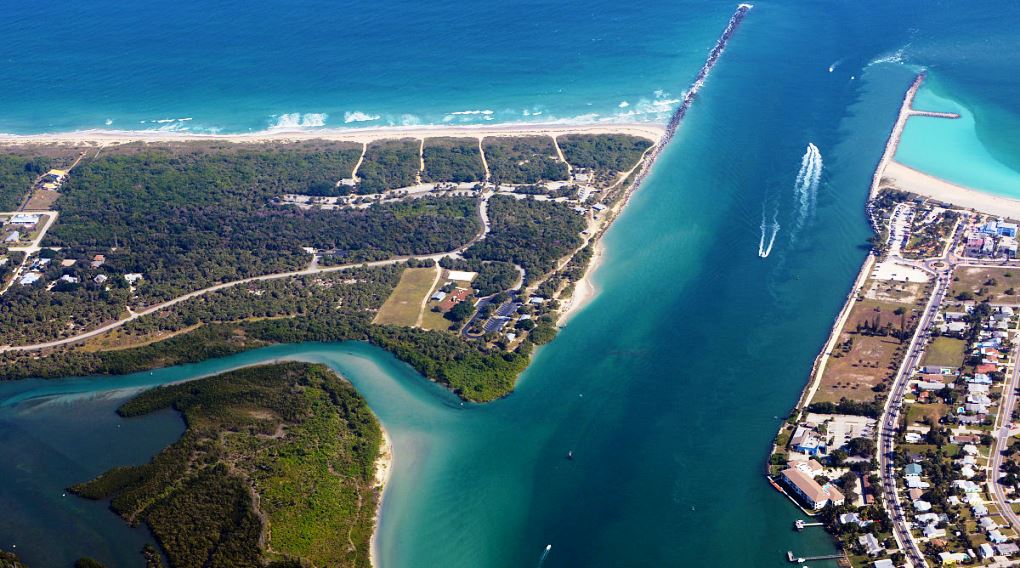On May 7, 2019, the U.S. Environmental Protection Agency (EPA) joined the U.S. Department of Agriculture‘s Agricultural Marketing Service and the Northern Border Regional Commission in assisting 15 rural communities with their revitalization efforts.
Supported strategies will focus on boosting the local economy, improving health, and protecting or restoring the natural environment. The assistance is provided through Local Foods, Local Places (LFLP), a federal initiative that helps communities reinvest in existing neighborhoods and improve quality of life as they develop the local food economy.
“EPA is proud to partner with USDA and the Northern Border Regional Commission to offer support to communities looking to develop their local food economy,” said EPA Administrator Andrew Wheeler. “Support for local food initiatives can improve access to fresh foods, support farmers, grow new businesses, and protect the environment.”
LFLP partner communities work with a team of agricultural, environmental, public health and regional economic development experts to set goals and identify local assets that can support the local food economy. Communities also develop an action plan and identify potential resources from the participating federal agencies to support implementation.
Since its launch in 2014, LFLP has helped 93 communities across the country develop local food enterprises, such as farmers markets, community gardens and cooperative grocery stores, that improve environmental, economic and health outcomes.
The 2019 partner communities were selected from more than 70 applications.
Here’s a summary of 2019 LFLP Community Projects:
Arkansas
The city of Russellville is interested in creating a culinary incubator in a former fire station in the Main Street district to support entrepreneurs and revitalize downtown.
Florida
The city of Fort Pierce wants to create new opportunities for residents of the historic Lincoln Park neighborhood to access local, healthy food; exercise; and understand the importance of protecting the water quality of Moore’s Creek.
Illinois
The Mt. Pulaski Economic Development and Planning Board is working to create a local food hub, community food co-op, and a community garden on an underused empty lot to revitalize the downtown business district and support surrounding farms.
As part of the development of both local food and green infrastructure strategies, the city of Peoria is exploring the potential development of a Fresh Food Hub as a multipurpose facility aimed at improving health outcomes and creating food-based business opportunities for residents of underserved neighborhoods.
Indiana
In Indianapolis, Near East Area Renewal wants to increase access to affordable, healthy food while accelerating economic growth and neighborhood revitalization and putting former industrial spaces to use.
Kentucky
The city of Frankfort is seeking assistance to determine the best location for its farmers market and to assess the feasibility of creating a commercial kitchen to increase downtown foot traffic and spur revitalization.
Maine
St. Mary’s Nutrition Center in Lewiston-Auburn wants to integrate local foods into downtown revitalization and economic development strategies, ensure land use planning can support local agriculture, and connect existing food and agriculture efforts to strengthen food access and create market opportunities for local farmers.
Minnesota
Ecolibrium3 in Duluth is working to expand community garden spaces to vacant lots, establish a commercial kitchen for neighborhood residents, and create a year-round, indoor food vendor to further neighborhood revitalization, improve food access, and increase economic activity.
In Little Falls, the nonprofit organization Sprout is looking to engage residents in downtown revitalization and economic development opportunities that support the local food economy.
The Asian Economic Development Association in Saint Paul is working to open a fresh, local food hall and market in the Little Mekong District to improve access to healthy food, support neighborhood businesses, increase market access for Hmong and other immigrant farmers and minority entrepreneurs, and catalyze new investment that can help fund green infrastructure.
New York
The Malone Chamber of Commerce will plan for a new downtown farmers market to increase foot traffic, offer a source of fresh food for residents, and provide a new retail outlet for area farmers.
Pennsylvania
The city of Aliquippa Economic Development Corporation is working to improve fresh food access for downtown residents and spur additional investment in the community.
Vermont
The Northwest Healthy Roots Collaborative at Northwestern Medical Center in St. Albans City wants to make local food access more equitable while supporting the growth and viability of diversified farming to sustain a strong downtown.
Virginia
The Charlottesville Food Justice Network and city of Charlottesville, in partnership with young people, residents, and local urban and rural farmers, are working to develop an integrated plan to advance food equity through affordable food markets and urban agriculture in low-income neighborhoods slated for future development.
The town of Pulaski wants to explore how various food access and healthy living programs can contribute to ongoing downtown revitalization, including adaptive reuse of former industrial and manufacturing spaces.
Photo of Fort Pierce Inlet at Fort Pierce, Florida by D. Ramey Logan via Wikipedia.

